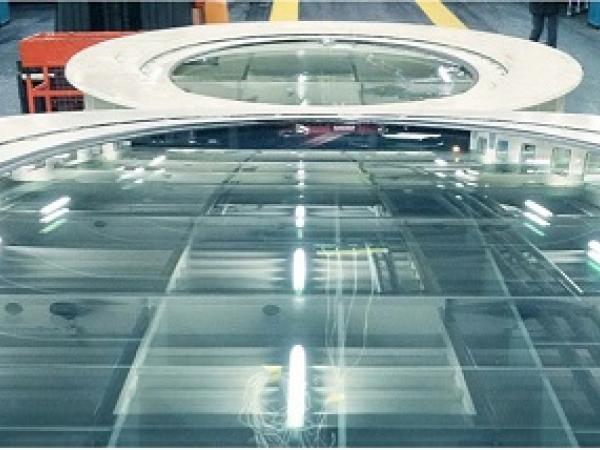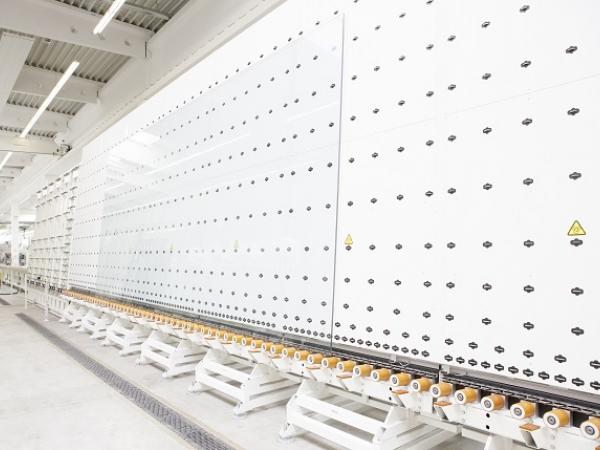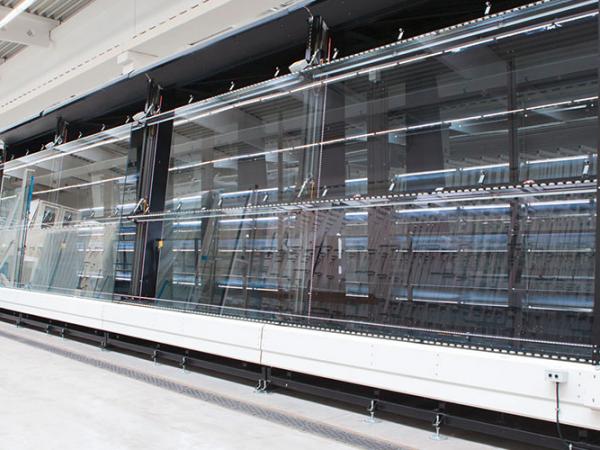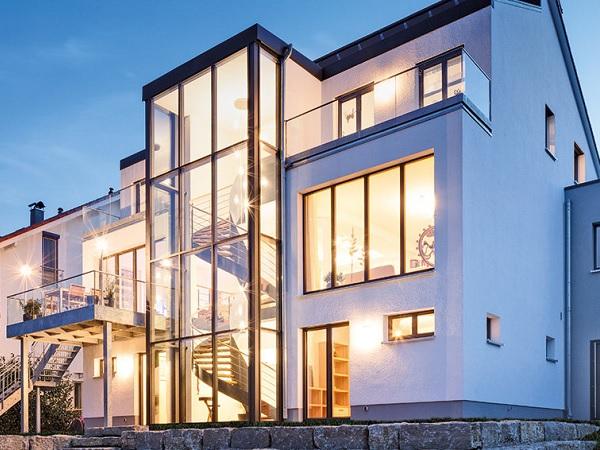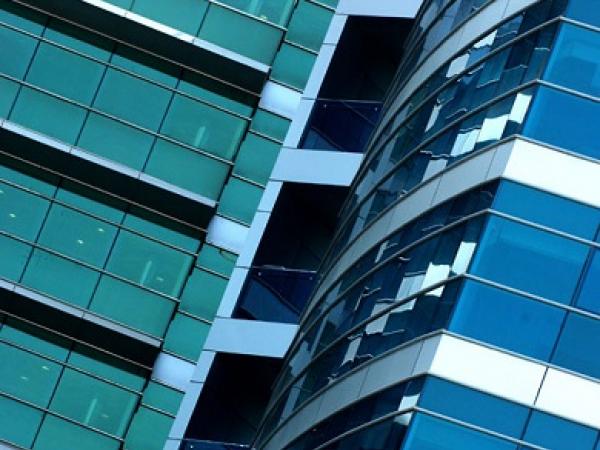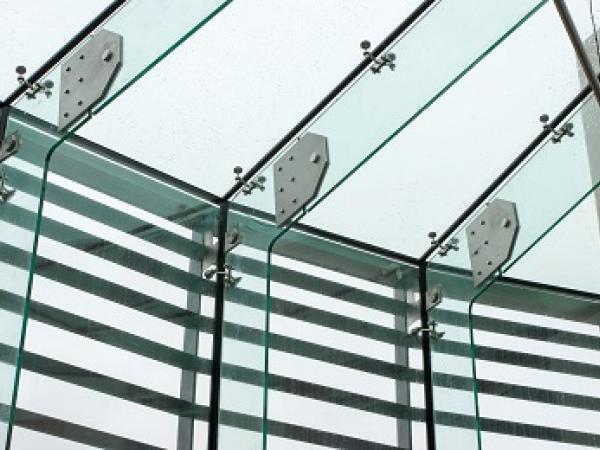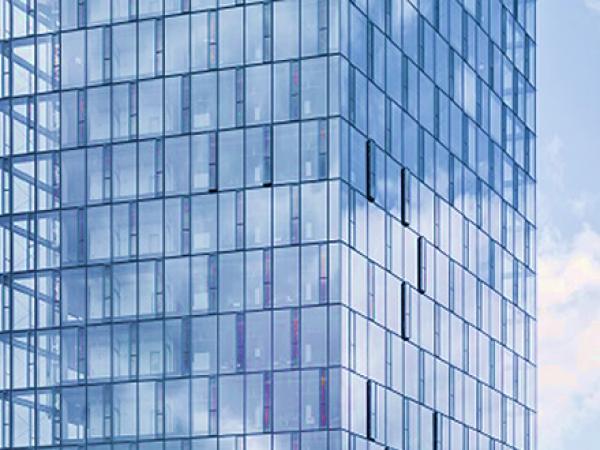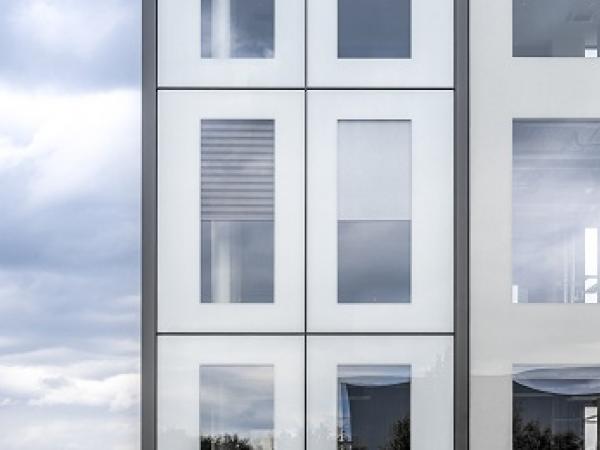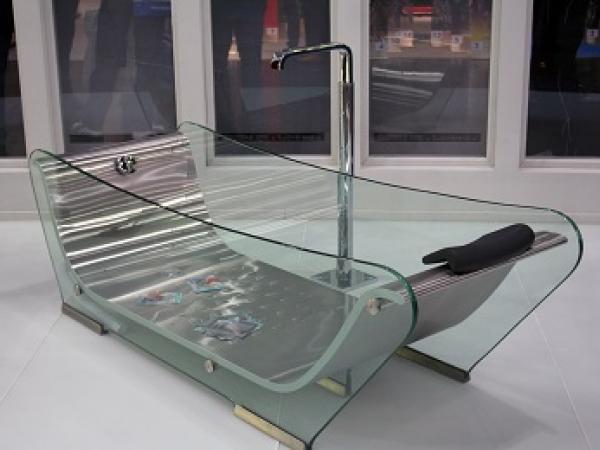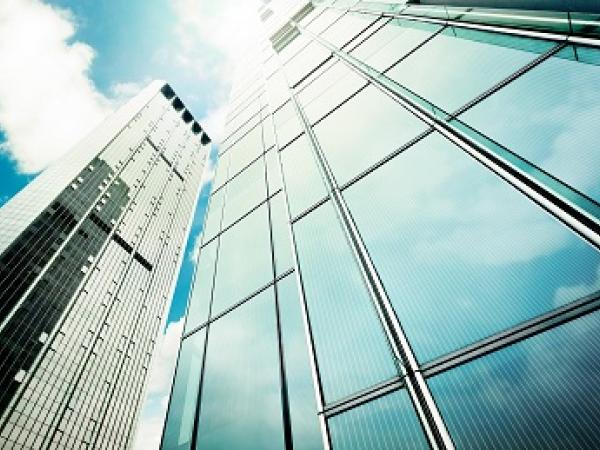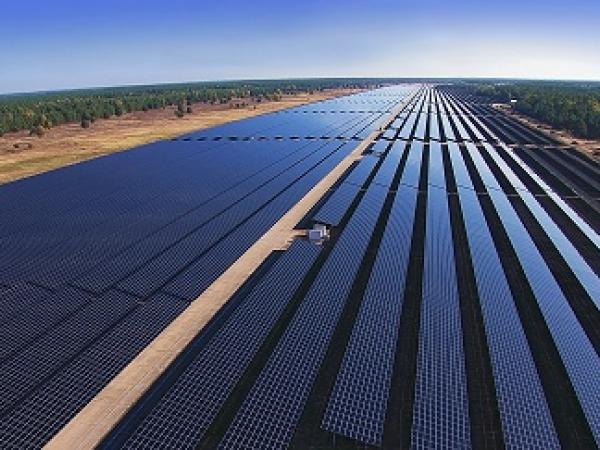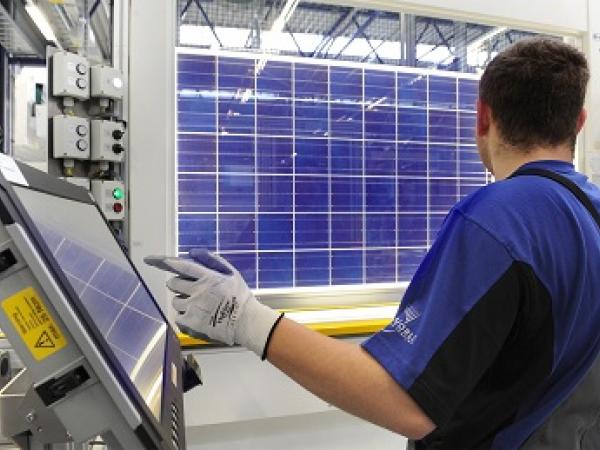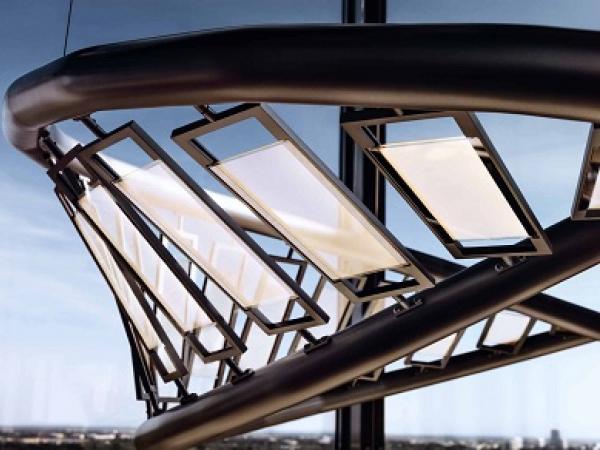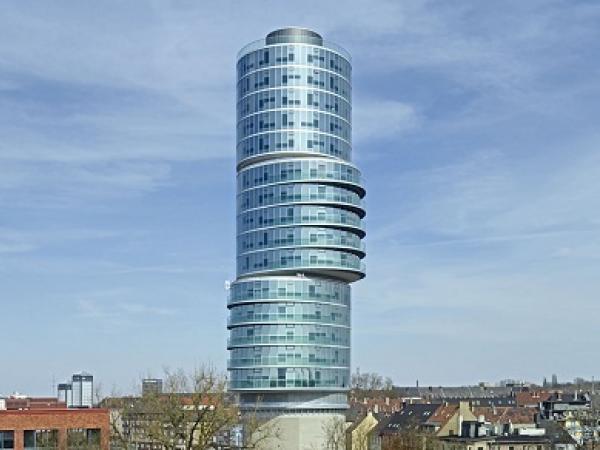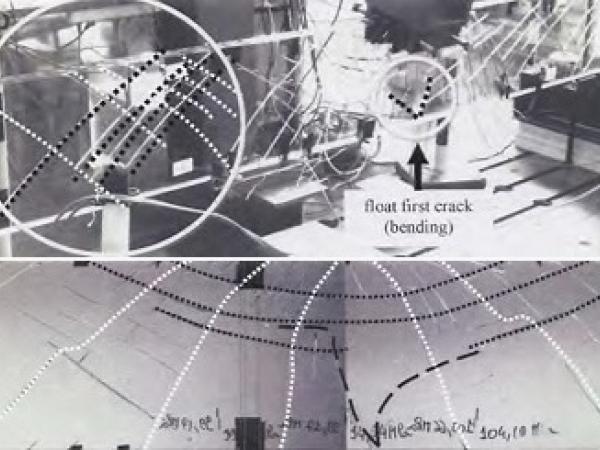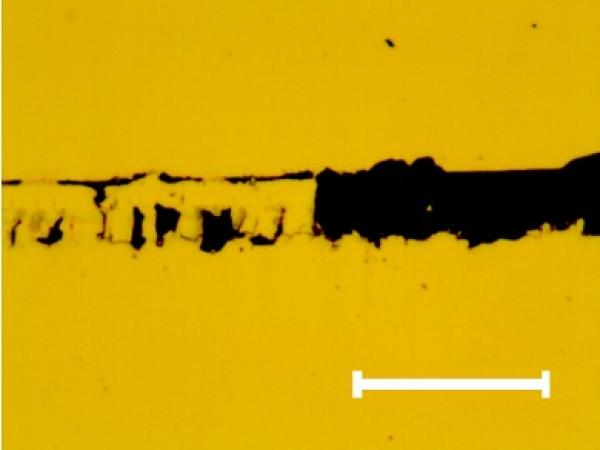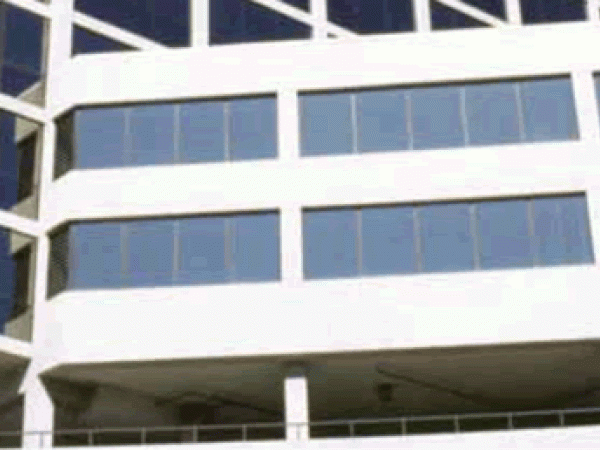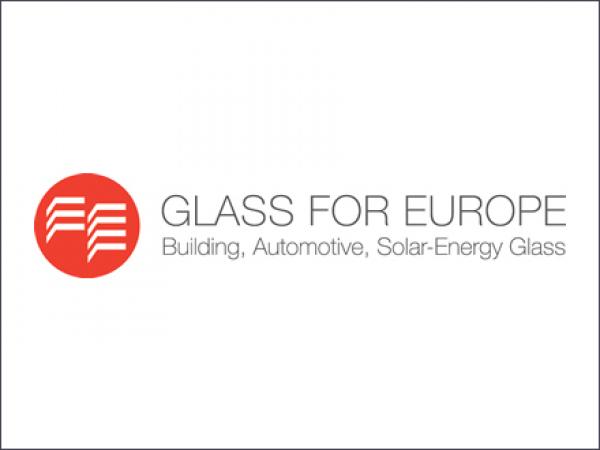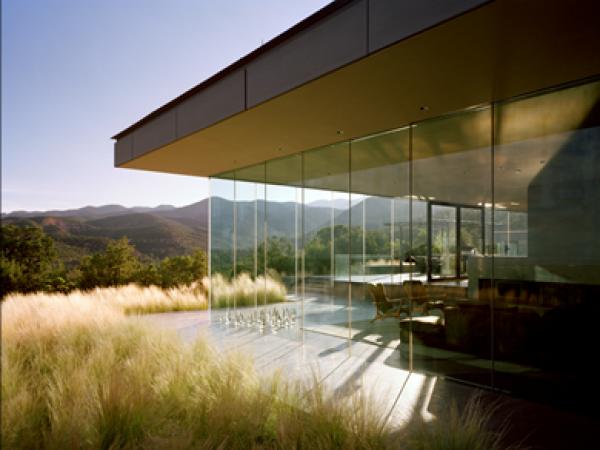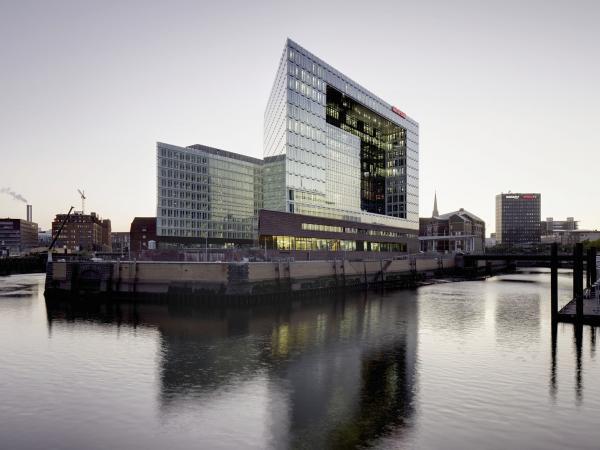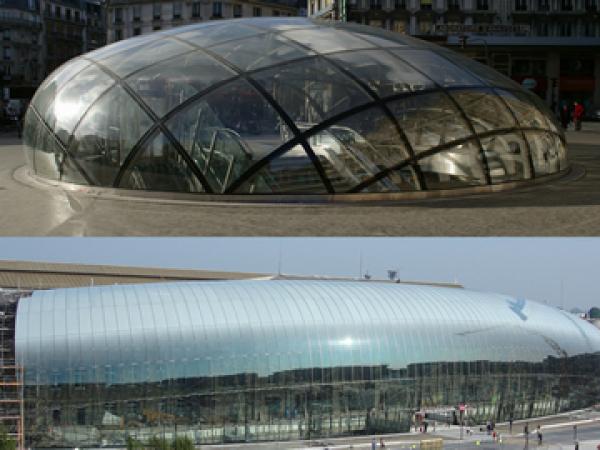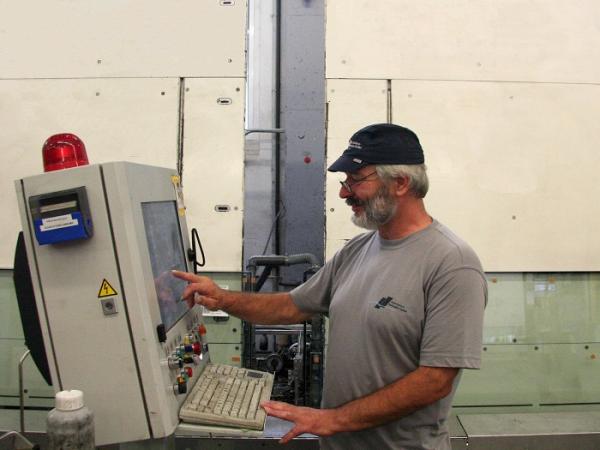Others also read
| Thanks to the committed involvement of architectural offices, university departments and industry associations, glasstec offers some unique added value: the special show: glass technology live!
| sedak GmbH & Co.KG, Germany, operates the largest insulating glass line in the world – about extraordinary glass processing and the role of LiSEC.
| LiSEC is the pioneer in terms of the development and production of production lines for large-scale insulating glasses – incl. interview with Hannes Spiss, facade engineer at Arup, Büro für Bautechnik (office for construction technology)
| The innovative FINSTRAL window wall system meets demanding requirements – constantly flexible, always individual
| glassonweb.com contacted the major players in the flat glass industry, asking for their statements regarding the Brexit vote results and how they see it affecting the near future of the European glass and construction markets.
| Cost cutting, it is often said, is difficult in glass production and processing as this sector is characterised by manual processes.
| Multiple glass options offer customized ways to suit different building needs.
| Today’s functional buildings tend to have shapes that go much further than pure expediency, and glass is therefore used more and more frequently as a structural support element.
| Touchscreen displays, LED technology and ultra-thin glasses: The multifunctional diversity of glass in IT and architecture will, in the long term, lead to a combination of both.
| Modern, transparent and prestigious – large glass façades are very much in vogue for office complexes and industrial buildings.
| Over half the world’s seven billion inhabitants live in cities, by the year 2050 the number will grow to almost ten billion. In order to avoid a climatic collapse in the metropolises, there is no other alternative to energy-efficient buildings.
| In just two and a half decades glass has very quickly made the transformation from simple window glass to an almost universally applicable material.
| Cities are eating up an increasing amount of heat and electricity. In order to reduce this consumption, buildings have to become increasingly efficient and integrate more renewable energies.
| The crisis of the photovoltaic industry is drawing to a close. While it is true demand for solar modules is dropping in Europe, demand in many other regions is rising rapidly.
| Although the costs for solar power have come down considerably lately, photovoltaics are still unable to compete with conventional energy sources.
| Thanks to on-going research and development efforts glass products can take on ever new functions.
| Finding ways to improve energy efficiency is one of the greatest challenges facing contemporary architecture.
| Differently from traditional structural materials, the structural behaviour of laminated glasses exhibits some anomalies due to the difference in the stressstrain laws of their components: glass is a brittle material, while PVB and SGP are thermoplastic materials with a visco-elastic behaviour.
| Contact angle measurements using method based on B-spline snakes (active contours) were applied to investigate surface wettability properties of commercial soda-lime-silica float glass subjected to various surface preparation methods.
| Will glass break if window film is installed to glazing?
| Transposing the EPBD in national laws, why it is so important for the glass industry?
| In the façade industry, glass panes have been bonded to aluminium frames with UV-resistant silicone adhesives for 40 years with almost unchanged mechanical strength.
| The new Spiegel headquarters and the neighbouring office complex, the Ericus-Contor, a fourteen and nine-storey building pair, expand the gallery of internationally recognized architectural works in Hamburg.
| Case Studies in Optimization of Glass-panelized Architectural Freeform Designs for the Eiffel Tower Pavilions
| Klaus Puschmann, Product Manager at Bystronic Lenhardt GmbH presented a paper on the new dynamic mixer system of the speed’sealer sealing robot which was designed to overcome the limitations of static mixer systems.

